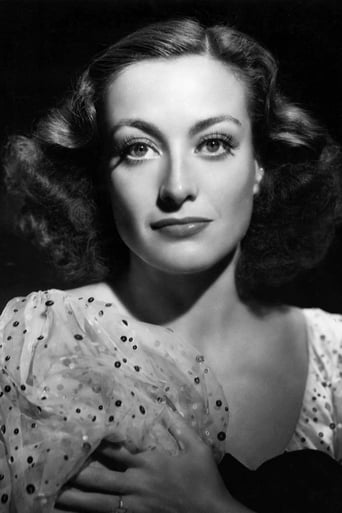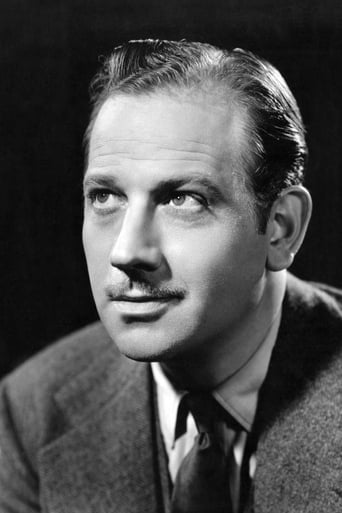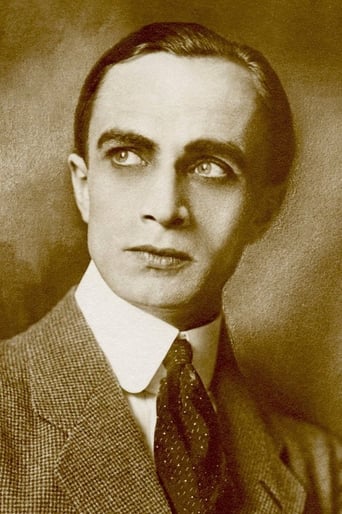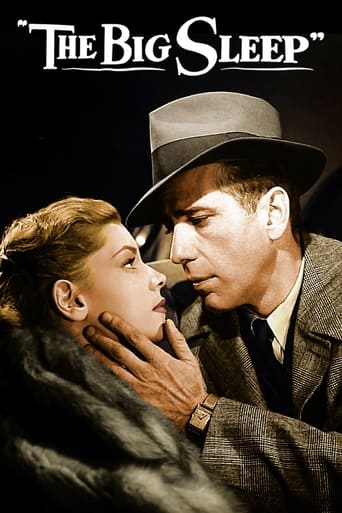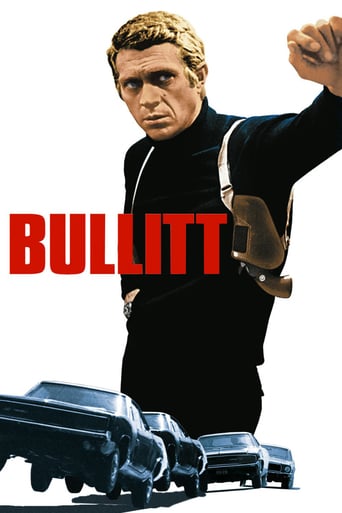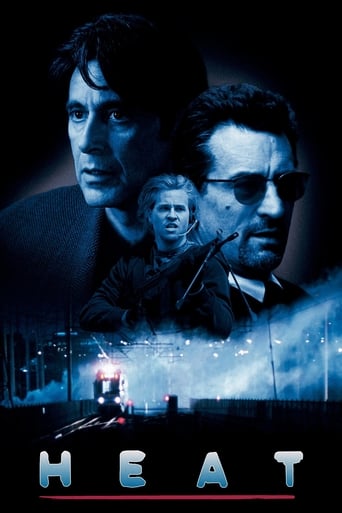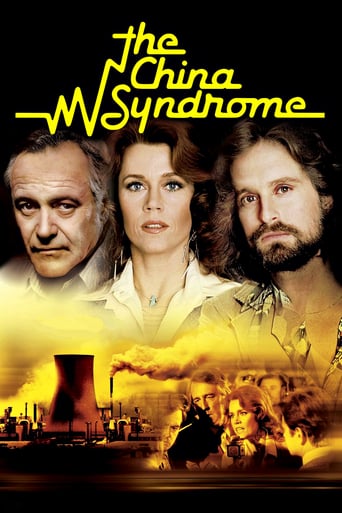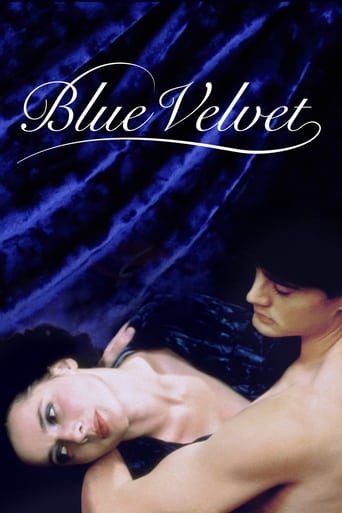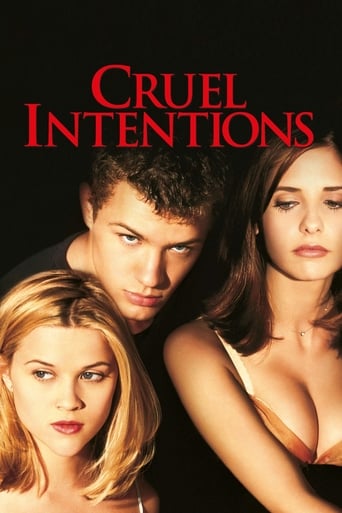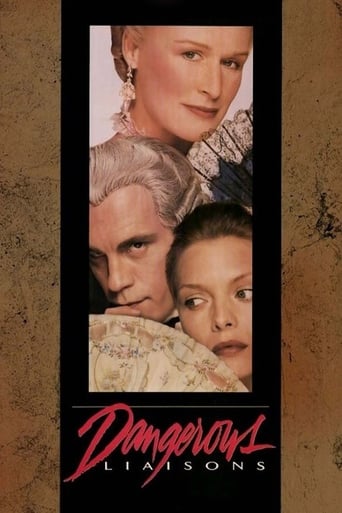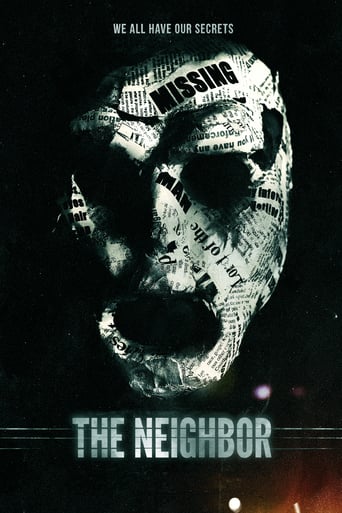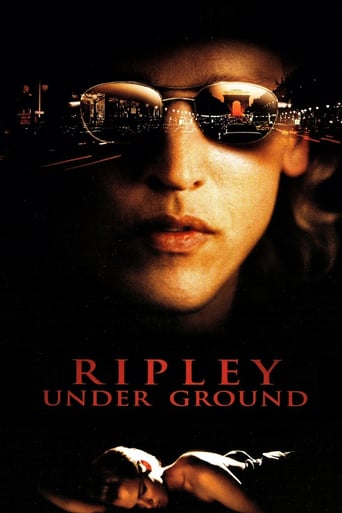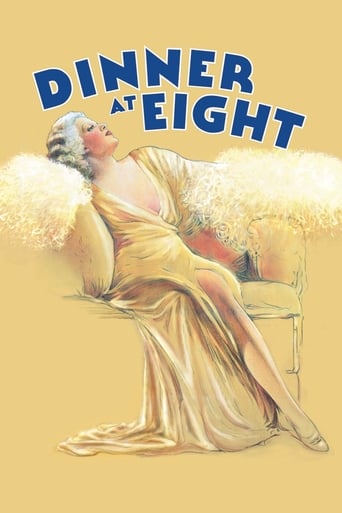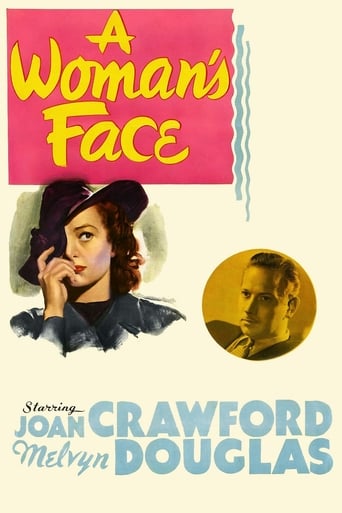
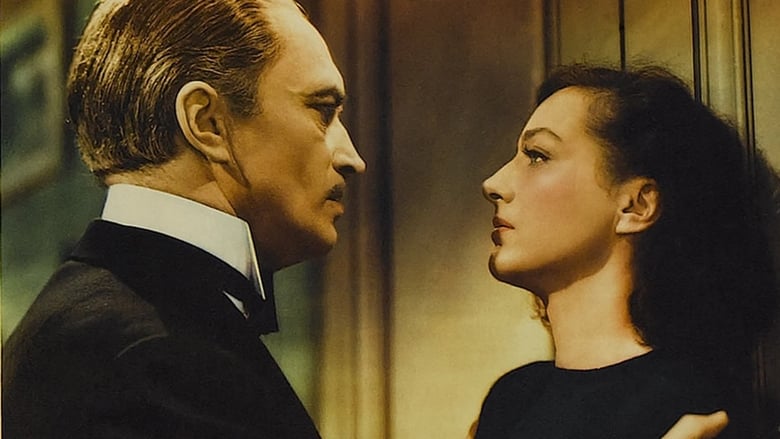
A Woman's Face (1941)
A female blackmailer with a disfiguring facial scar meets a plastic surgeon who offers her the possibility of looking like a normal woman.
Watch Trailer
Cast


Similar titles
Reviews
Released in 1941 - In the fine tradition of a classic, Hollywood, glamor film, this Joan Crawford vehicle from MGM delivers a fairly entertaining bit of melodrama that builds quite nicely into its high-speed climax (on horse-driven sleighs, no less).Joan Crawford plays Anna Holm, a conniving member of a ruthless blackmailing ring who are operating very successfully within the fair city of Stockholm, Sweden.Featuring some very good make-up effects, Anna, whose face (on its right side) has been badly disfigured by a burning accident many years ago, has her own ax to grind as she cold-heartedly dishes out a very special brand of criminal treachery.With its story told mainly through flashbacks, Anna is accused of cold-blooded murder and witnesses to Anna's activities are individually called into the courtroom in order to give testimony that points decidedly against Anna's innocence to this crime.As our story gets underway, Anna meets, by chance, a skilled plastic surgeon who offers his surgical expertise in order to help repair her badly-scarred face. Seeing this as her hope for starting a new life, Anna agrees to undergo cosmetic surgery, but with her new transformation she finds that the ties to her dark past are so much stronger than she had realized.Filmed in glossy b&w, A Woman's Face was competently directed by George Cukor whose other notable films from the 1940s and 50s include Gaslight, Adam's Rib, The Philadelphia Story, and A Star Is Born.
When Joan Crawford's best films are the subject of any discussion, the list always includes the film she won the Oscar for - "Mildred Pierce" and for good reason - its a fine film with an outstanding cast and even today, holds up pretty well.But what seems to get lost in the shuffle is a film she made four years earlier, which in many ways equals and in some ways surpasses "Mildred Pierce" -- the 1941 film "A Woman's Face" is a much underrated film which showcases one of Crawford's best roles.An intriguing story of a woman who has lived as an outcast because of facial scars suffered in a fire since childhood and now lives among unscrupulous scheming blackmailers, herself becoming the most skilled of their group - when a plastic surgeon decides to fix the deformity that has made her a bitter and distrustful woman, she is introduced to the possibility of living a normal life, one where she can as she says in the film - when the world looks at her - "she can look back" without hiding.The film is a well-blended mix of dark characters and and some very quirky humorous ones too, directed by one of MGM's A-team directors George Cukor. The story is told in a series of flashbacks ie..each witnesses testimony before a Swiss court for a woman who is accused of murder.Conrad Veight in a role that could be considered almost a precursor of his famous role of Maj. Strasser in Casablanca, particularly stands out - his villainous, cynical dialogue carries the darker scenes very effectively. However two parts are weak - Melvyn Douglas, who can usually be depended on for an admirable performance, comes across as very bland and predictable and Osa Massen - her scenes are painful to watch, overacted to the point that it makes you wince - but these parts are fortunately overshadowed by the other supporting roles that are made up of a quirky assortment of characters that include Reginald Owen, Marjorie Main and Donald Meek that bring an off-the-wall humor but in a subtle way - Meek is particularly good in his part.The photography and the sets are beautifully done. The film offers a good use of close-ups and shadows that in some ways resembles the techniques heavily used in the "film noir" films of the late 40's and early 50's - and in a time when films were rarely shot on location "A Woman's Face" has some of the most beautifully crafted sets that remind me a little of the "Magnificent Ambersons" they really stand out.But the star of the movie is without a doubt - Joan Crawford - her performance draws you in even more so than her role in "Mildred Pierce" and she has probably never looked more naturally beautiful.If you're a Joan Crawford fan or not - check this one out - its good
Joan Crawford's third film directed by George Cukor, "A Woman's Face" (1941), was something of a risky proposition for the queen of the MGM lot. In those two previous films, "The Women" ('39) and "Susan and God" ('40), she had portrayed characters who, if not exactly likable (indeed, her Crystal in "The Women" can be seen as the bitch prototype), were at least sophisticated and beautiful. Her Anna Holm in the '41 film is something else, though. The embittered 27-year-old leader of a small gang of blackmailers when we first meet her, Anna also sports a disfiguring scar on the right side of her face, the result of a household fire when she was 5. She soon teams up with fellow criminal Torsten Barring (the always wonderful Conrad Veidt, who would again be paired with Crawford in 1943's "Above Suspicion") to ply her trade in her adopted city of Stockholm, and, for love of him, undergoes a dozen facial surgeries performed by Dr. Gustaf Segert (the always dependable Melvyn Douglas, who had previously appeared with Crawford in "The Gorgeous Hussy" and "The Shining Hour" and who would later perform with her in "They All Kissed the Bride"). A new and beautiful puss softens Anna's outlook on the world, although she still agrees to Torsten's current scheme: to become the governess of his 4-year-old cousin and then murder the cute little moppet so as to come into an inheritance....A fascinating story, told via multiple flashback POVs during Anna's trial for murder, "A Woman's Face" is surely much more than a "woman's picture." The film has been lavishly produced and features gorgeous sets and excellent special FX (most notably seen during that cable car sequence). Cukor's direction is impeccable, and his use of superimposed images (as in that weaving-dance number) is a thing of real beauty. The film boasts at least three truly memorable scenes: Anna's imminent murder of her young ward in a cable car above a raging torrent; the impressively shot horse-drawn sleigh chase that culminates the film (and which somehow brought to this viewer's mind no less a scene than the chariot race in "Ben-Hur"!); and, perhaps best, the attic scene in which Torsten reveals to Anna just how evil he really is. Conrad Veidt is at his silky, menacing best in this scene; easily a more evil figure than the one he would so memorably play the following year in "Casablanca." That film's Major Strasser was wicked for political and nationalistic reasons; Barring is evil just for the hell of it. "The world belongs to the devil, and I know how to serve him if I can only get the power," he tells Anna in this most chilling encounter. Everyone's favorite Nazi portrayer, Veidt (who it should be remembered fled from Nazi Germany in 1934, along with his Jewish wife) here portrays a much more casual form of nastiness. He is simply brilliant, and easily steals the film, despite Crawford's and Douglas' fine portrayals, and those of such wonderful character actors as Albert Basserman, Osa Massen, Reginald Owen, Marjorie Main, Donald Meek, George Zucco, Robert Warwick and Henry Daniell. In all, a risky proposition for Joan Crawford that paid off marvelously!
An exciting cast, an excellent story, excellent acting. Joan Crawford is perfect as a malevolent blackmailer who has a change of heart after her facial disfigurement is repaired.The story progresses in an interesting way, with the plot unfolding during a murder trial. Each witness builds the story line, and the script has many unexpected plot twists, making this film anything but predictable.This film is a good example of how skillful film makers create special effects without high-tech gadgetry. It's wonderful that we have films like this to show us what real movie-making is like.


